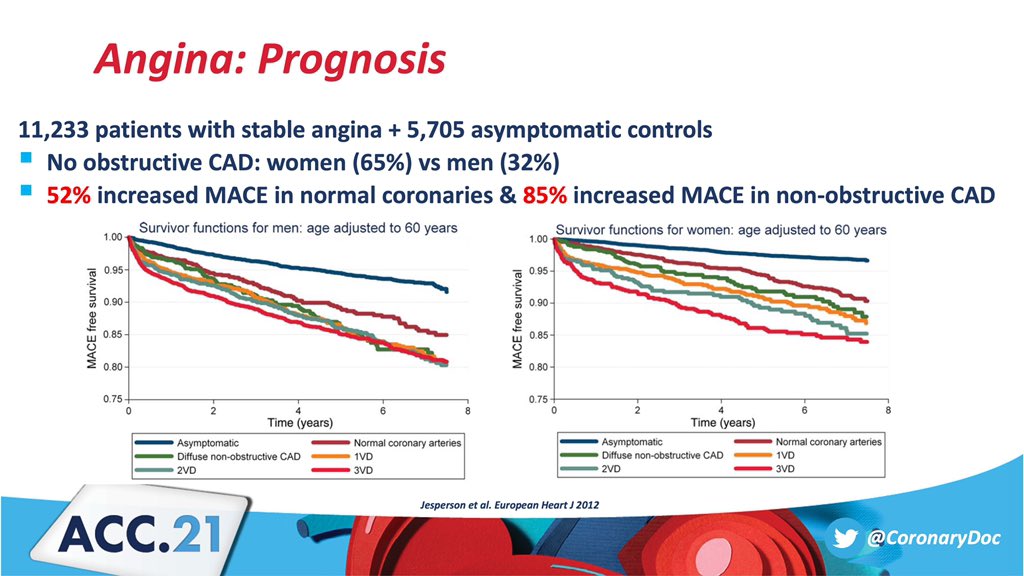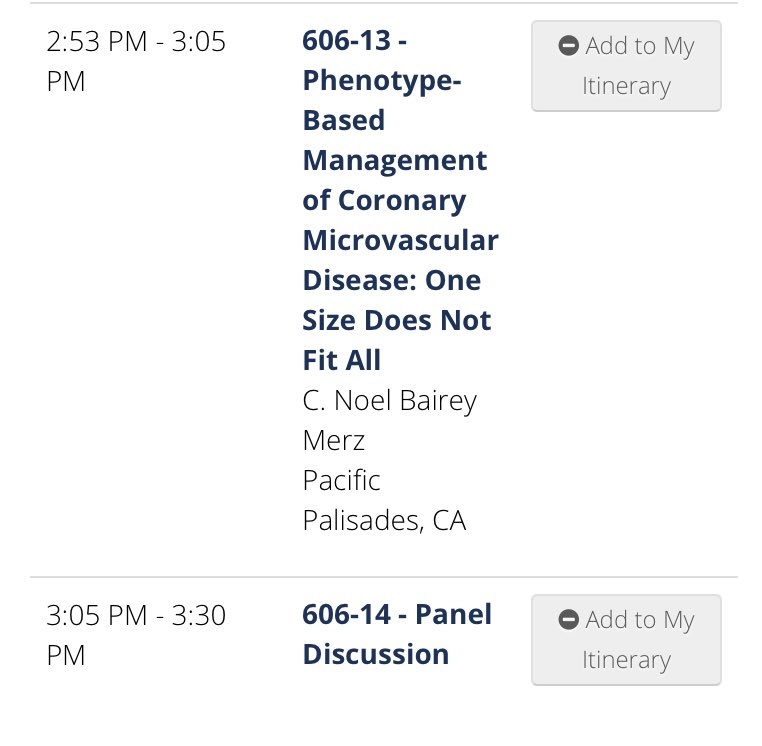⚡️ Coronary Microvascular Dysfunction is Associated with Significant Plaque Burden & Diffuse Epicardial Atherosclerotic Disease
@JACCJournals
interventions.onlinejacc.org/content/12/15/…
#JACCINT #CMD #CardioTwitter
Let's discuss this paper in 2 Tweets 👇
@JACCJournals
interventions.onlinejacc.org/content/12/15/…
#JACCINT #CMD #CardioTwitter
Let's discuss this paper in 2 Tweets 👇

2/3
First demonstration that majority of pts with #CMD, but with no evidence of significant #CAD by angiography & #FFR, have significant plaque burden by #IVUS



First demonstration that majority of pts with #CMD, but with no evidence of significant #CAD by angiography & #FFR, have significant plaque burden by #IVUS




3/3
Take home message:
✅ Large portion of patients with #CMD who have normal looking coronaries or mild #CAD on angiography, have indeed significant atherosclerosis & plaque burden on #IVUS
✅ These findings have important implications in management & prognosis in #CMD



Take home message:
✅ Large portion of patients with #CMD who have normal looking coronaries or mild #CAD on angiography, have indeed significant atherosclerosis & plaque burden on #IVUS
✅ These findings have important implications in management & prognosis in #CMD




• • •
Missing some Tweet in this thread? You can try to
force a refresh




































